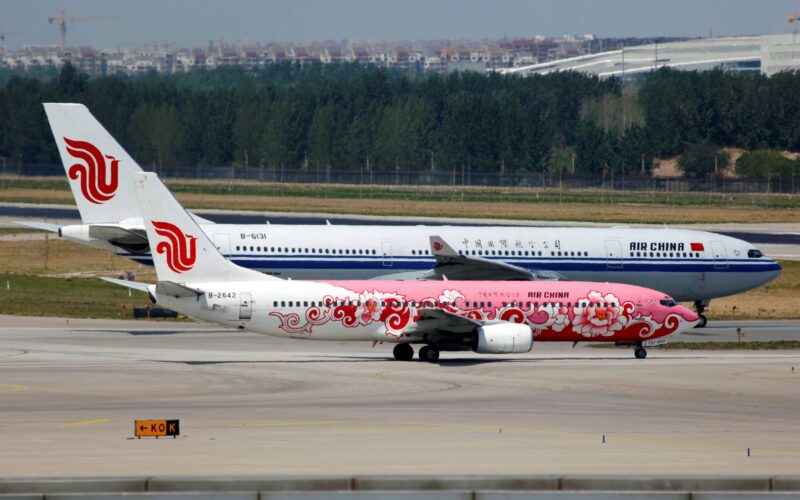Competition between Airbus and Boeing has been one of the defining features of commercial aviation for decades. These two aerospace giants dominate the market, and battle each other in every corner of the globe, wherever there is an opportunity to sell a commercial airplane.
However, China has decided to upend the status quo. In 2020, Chinese airlines postponed hundreds of deliveries from the two Western companies while increasing their reliance on COMAC – the domestic manufacturer known as the Commercial Aircraft Corporation of China which, from the outset, has positioned itself as an alternative to Airbus and Boeing.
COMAC’s first airplane – the ARJ21 – is aimed at the regional market and does not really compete with the Western giants. However, the second one – the C919 – is intended to replace Airbus and Boeing’s most popular models – the A320 and the 737 respectively. While the C919 is yet to enter mass production, the model garnered more than 800 orders, mostly from Chinese airlines. Meanwhile, China, together with Russia, is working on a much larger aircraft – the CR929, intended to compete with Airbus and Boeing wide-body jets.
The Chinese market is one of the fastest-growing in the world, and is expected to remain so for quite a while. This is why Western manufacturers still rely on it, and expect to receive a proportion of orders from Chinese airlines.
But how likely is this? And how have Airbus and Boeing done in China in the past? Let’s take a look at the data.
Deliveries
It’s been a while since Boeing managed to deliver more aircraft than Airbus to Chinese airlines. But, in 2018, the American company finally took the lead. Its triumph was short-lived: the deliveries plummeted in 2019, and have since struggled to recover.
The reason for the fall of Boeing is well known: the 737 MAX disaster. Following two fatal crashes, Boeing’s newest aircraft was grounded worldwide, the deliveries stopped, and the company’s output – as well as its revenue – dropped to unprecedented lows. Narrow-body aircraft – primarily the 737 MAX – have comprised the majority of Boeing’s deliveries, and those stopped in 2019. As the chart below shows, China stopped receiving Boeing’s wide-body jets only in 2020 – at the same time as Airbus deliveries dropped.
However, Chinese companies didn’t rush to switch to an alternative by Airbus. In 2020, the C919 reached an important milestone: it was showcased in an airshow for the first time and began certification tests. Even the development of the CR929, despite some initial problems, moved forward. China had all the incentives it needed to gain confidence in its domestic aviation industry, and moved away from the Western manufacturers.
However, there were even earlier signs that this was going to happen.
Orders
China’s orders of Western jets started to fall after 2014. By 2018, the amount of Airbus and Boeing orders by Chinese airlines were virtually non-existent.
This paints a worrying picture for both Airbus and Boeing. And while it may seem like Airbus fared slightly better – it experienced a bump in 2019 – Boeing’s Chinese backlog is still marginally larger thanks to previous orders.
The chart above does not look that bad on its own – after all, 100 planes is a fairly substantial number. But it needs to be seen in the context of COMAC’s hundreds of orders, as well as the steep fall in deliveries.
Nevertheless, there is still something positive for Airbus and Boeing: China is about to recertify the Boeing 737 MAX, and, according to reports at the end of September, Airbus is discussing the possibility that China certifies the company’s most modern jet, the A220. But are these developments going to be enough?

